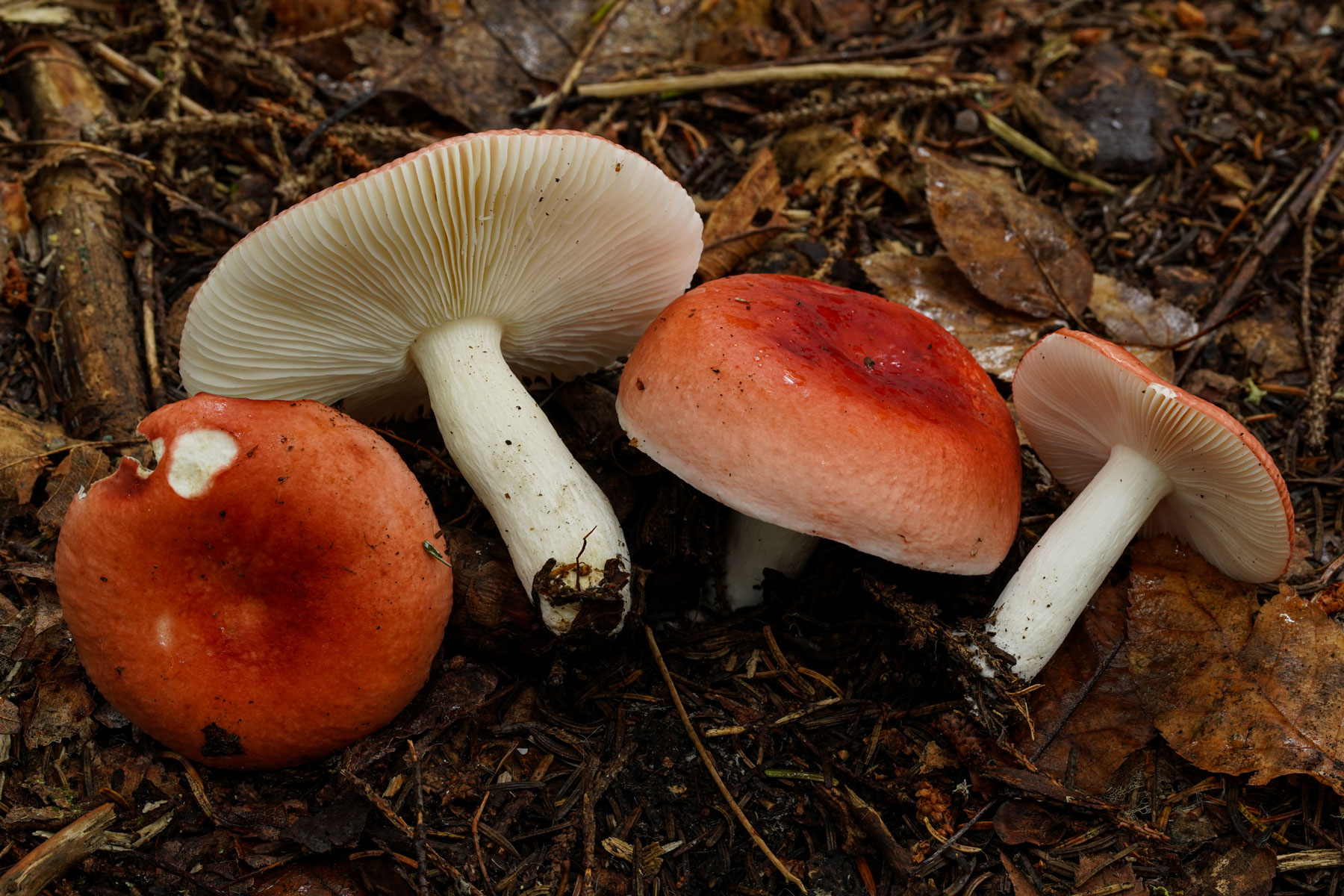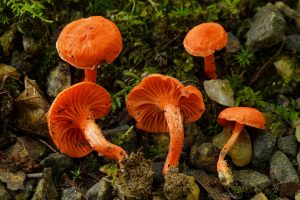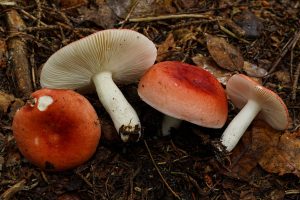
Have you ever been walking through the woods and happened to stumble upon a mushroom or a massive horde of mushrooms? Have you ever wondered whether those mushrooms were edible or poisonous? Well, I’m here to introduce you to mushrooms, mycology, and the fascinating world of fungi!
Fungi are a unique group of organisms that comprise their own kingdom of life; however, they are often overlooked and underappreciated, even by biologists. The kingdom of Fungi was not proposed until 1969 when Dr. Robert H. Whittaker recommended the five-kingdom classification of life. Up until this point, all life had been classified into two kingdoms—plants and animals—and fungi were considered to be plants.

Mycologists (scientists who study fungi) had long recognized the differences between plants and fungi prior to Whittaker’s work. Unlike plants, which obtain carbon for energy through photosynthesis, fungi excrete enzymes and absorb carbon compounds as food—a process called extracellular digestion. This makes fungi heterotrophic, meaning that, like animals, they must find rather than create their food to survive. Additionally, fungi store their food as glycogen, whereas plants store their food as starch. Fungi are comprised of thread-like networks, called mycelium, which means their bodies are filamentous in nature. Fungi absorb oxygen and release carbon dioxide—just as we do.
The fact that fungi share all these features with animals is a clue that they are more closely related to animals than plants. However, their classification in the fungal kingdom is warranted, given that fungi spread and reproduce using spores, absorb their food extracellularly, and usually have a filamentous structure.
Fungi take on a variety of forms, including mushrooms, molds, and yeasts, but all the structures fungi produce are essentially made from mycelium (except for yeasts). Fungal mycelium can be found in the soil, inside or on healthy and dead plants, and even on animals (the substrate).
“Because mycelium is out of sight, it is usually out of mind, until it produces mushrooms,” says mycologist Dr. Cathy Cripps at Montana State University.

Numerous mushrooms can be produced by a single fungal mycelium or individual. Mushrooms can be carefully removed from their substrate, just like a fruit can be separated from a tree, so that the mycelium producing those mushrooms will not be harmed. The mycelial network can be enormous or microscopic and can persist for years if conditions are favorable.
Mushrooms are reproductive structures designed to help fungi spread their spores, reproduce, and complete their life cycle. Spores are like the seeds of a plant but much smaller. A typical mushroom is comprised of a cap, gills, and stem, which are important characteristics for identification; however, these features vary greatly depending on the species. Some mushrooms lack a stem (the cap is attached directly to the substrate), while others have a stem with a distinct ring. Some mushrooms lack gills, but instead have pores (e.g., boletes), ridges (e.g., chanterelles), or teeth (e.g., tooth fungi). Some fruiting bodies don’t look like mushrooms at all, but instead resemble clubs, corals, or crusts.
Over the next few months, I will be diving deeper into the fascinating world of fungi and will be writing about edible mushrooms, fungal ecology, mycological history, and fungi in culture. I hope you will continue to read along and become just as enthralled as I am by the mysterious mushrooms, yeasts, and molds that make up the fungal kingdom. As Cathy would say, “Follow the mushrooms!”
Subscribe to get the latest posts sent to your email.
The Great Smokies Welcome Center is located on U.S. 321 in Townsend, TN, 2 miles from the west entrance to Great Smoky Mountains National Park. Visitors can get information about things to see and do in and around the national park and shop from a wide selection of books, gifts, and other Smokies merchandise. Daily, weekly, and annual parking tags for the national park are also available.